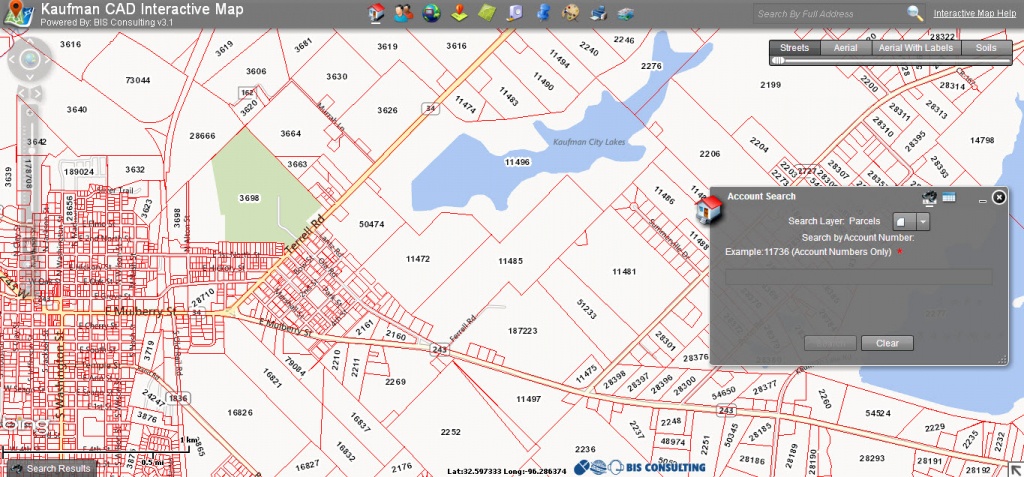
Missouri is known as the Cave State, and I found plenty of data on caves and other geological features on Missouri during my research for cave data. I eventually found cave density data of Missouri on the Missouri Spatial Data Information Service. I started to scour different online GIS databases such as USGS Earth Explorer, Esri Open Data Hub, Natural Earth Data, to name a few. Unfortunately, I did not have enough time to wait for a response back from the Secretary of the Interior in order to complete my project on time. My request would be analyzed on a case-by-case basis before I would be allowed the information I desired. If I wanted information regarding the location of caves in GNIS, you must send a written request to the office of the Secretary of the Interior. Geological features classified as “caves” cannot be found on GNIS database because the system is unable to distinguish between caves on Federal Lands and caves on public lands. I finally found an article on the United States Geological Survey (USGS) website stating that information on entries for caves in the Geographic Names Information System (GNIS) cannot be retrieved due to the 1988 National Cave Management Resources Act, Department of the Interior Regulation 43 (CFR Subtitle A, Part 37) forbids the release of information regarding the location of all caves on Federal Lands. Any data on caves seemed lackluster with very few locations. It is quite difficult to find exact locations of caves in the United States. Finding GIS cave dataįor my project, I wanted to show the correlations of cave systems and missing people in and around National Forests. One of my final projects for my degree was to pick a topic of our choosing and build a QGIS Project and present the data and our findings.

PARCEL MAP HOW TO
My experience with QGIS over the past four month has been a good one as it’s become easy from me to use as I learned through my master’s degree program and through trial and error to understand the functions of QGIS and how it displays data.Īs part of my master’s degree in geological engineering, I learnt a lot about raster and vector data and how to use it in the QGIS program to show data and visuals on images and maps. Dackery Geiman outlines the challenges he encountered finding geospatial data about caves and using QGIS to map cave density in Missouri.


 0 kommentar(er)
0 kommentar(er)
